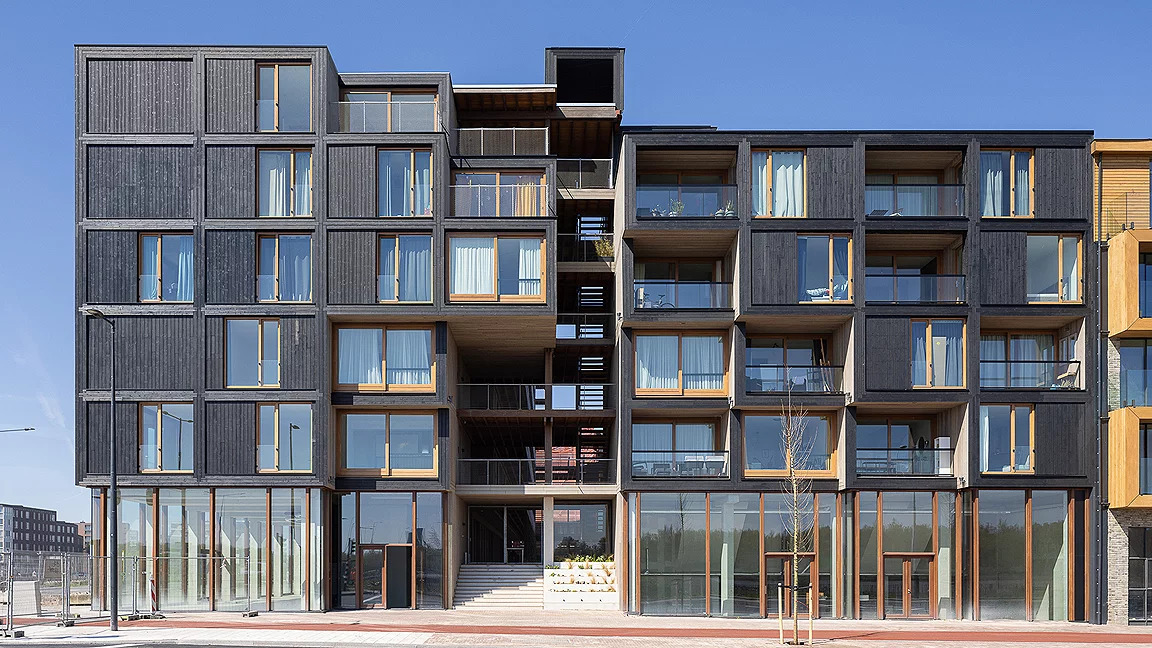
Health and Safety Issues with Large-Scale Renovations in Apartment Buildings
Major construction projects in apartment buildings pose special difficulties that need for strict health and safety regulations to safeguard both employees and occupants. These projects, which range from major structural alterations to renovations and repairs, require meticulous planning and strong safety procedures to guarantee everyone's wellbeing. This article examines the important health and safety factors that must be taken into account while performing significant work on apartment buildings and complexes.
Outlining Important Works
Major maintenance, repair, or enhancement projects for apartment buildings are classified as "one-off" projects under Section 20 of the Landlord and Tenant Act of 1985. "Major works," sometimes referred to as one-off or qualifying works, are significant building, remodeling, or enhancement undertakings completed on a property. Major renovations are intended to improve the building's functionality, safety, and structural soundness. To guarantee the safety and well-being of locals and guests, meticulous planning, coordination, and adherence to rules and regulations are crucial while doing significant construction.
Are Significant Projects Always Necessary?
Major works are often big "one-off" initiatives that are thought to be necessary for the security and welfare of renters. For instance, replacing a broken window or roof needs to be done very away because they are dangerous for the inhabitants, employees, and guests. "Major works," sometimes referred to as one-off or qualifying works, are significant building, remodeling, or enhancement undertakings completed on a property. Major renovations are intended to improve the building's functionality, safety, and structural soundness. To guarantee the safety and well-being of locals and guests, meticulous planning, coordination, and adherence to rules and regulations are crucial while doing significant construction.
Important Factors for Health and Safety in Large-Scale Projects
1. Evaluations of risks
Thorough risk assessments are essential for recognizing and controlling possible risks related to significant construction projects in residential structures. Important actions consist of:
Hazard identification is the process of determining potential risks, such as working at heights, electrical hazards, hazardous materials (like asbestos), and structural flaws.
Risk analysis is the process of assessing the possibility, seriousness, and effects of possible incidents on inhabitants and employees.
Control Measures: putting into practice measures to reduce hazards that have been discovered, such as supplying personal protective equipment (PPE), making sure that safe working procedures are followed, and installing warning signs and safety barriers.
2. Practices for Site Management
Reducing disturbances to residents and ensuring safety depend on efficient site management. Important procedures consist of:
Site layout planning is the process of creating a site that minimizes obstacles for residents while ensuring the safe and effective mobility of personnel and supplies.
To ensure that residents are aware of prohibited areas and potential hazards, safety signage and physical barriers should be installed to divide work areas from residential spaces.
Access Control: Using security measures to prevent unwanted entry and limiting access to building sites to authorized people only.
Controlling Noise and Dust: putting in place strategies to lessen the impact on locals by reducing noise and dust pollution, such as employing dust suppression methods and noise barriers.
3. Adherence to safety and health regulations
Following health and safety guidelines is essential to guaranteeing that significant construction projects adhere to best practices and legal requirements. This includes:
Comprehending Regulations: keeping abreast of applicable local, national, and international health and safety regulations and standards that are unique to residential building.
Training and Certification: Making certain that every employee has received the appropriate instruction and possesses the certifications required for their positions.
Reporting and Documentation: keeping detailed records of incident reports, risk assessments, safety protocols, and remedial measures implemented.
4. Efficient Communication and Planning
For significant projects to be completed safely and smoothly, effective planning and communication are crucial.This comprises:
Safety planning is the process of incorporating safety concerns into all stages of a significant construction project, from planning and design to job execution and completion.
Resident communication includes giving residents clear directions on how to safely navigate the construction site and keeping them updated on the extent, timeline, and status of the project.
Safety Meetings: Holding frequent safety meetings and briefings to go over potential risks, safety procedures, and emergency protocols with employees.
Emergency Preparedness: Creating and rehearsing thorough emergency response plans to deal with possible situations quickly and effectively.
In conclusion
When major construction is underway in apartment buildings, the health and safety of the tenants and employees are of the utmost significance. Project managers may establish a secure environment for all parties involved by giving careful risk assessments top priority, putting in place efficient site management procedures, making sure that health and safety laws are followed, and encouraging open communication.

Comments 0